|
Music is more than just a background noise. It can influence how customers feel, behave, and remember your store. We will explore how to use music to create a memorable and engaging public environment that attracts and retains customers. why music matters for retail stores. Shopping in a retail store is not just a transaction. It is an emotional and sensory experience that online shopping cannot replicate. Customers want to feel transported, connected, and inspired by your store. Music can help you achieve that. Music is the first thing customers notice when they enter your store. It sets the tone and mood for their visit. It can also affect their perception of your brand, products, and service. Research shows that music can increase customer satisfaction, dwell time, spending, and loyalty. But not any music will do. You need to play music that fits your brand and your customers’ preferences. Music that is too loud, too quiet, too fast, or too slow can have negative effects on your customers’ mood and behavior. Music that is irrelevant, inconsistent, or outdated can damage your brand image and reputation. How to choose the right music for your store To play music that works for your store, you need to consider three factors: your brand, your customers and licensing. Your brand: Your music should reflect your brand’s personality, values, and message. It should match your store’s design, lighting, and ambiance. It should also be consistent with your marketing and advertising campaigns. Your music should tell a story about who you are and what you stand for. Your customers: Your music should appeal to your target audience and their tastes. It should also suit the context and purpose of their visit. For example, if you want to create a relaxing and soothing environment, you might play soft and slow music. If you want to create a lively and energetic environment, you might play upbeat and fast music. Your Legal Responsibilities: Choosing the right music is only the first step. You also need to adhere to legal requirements of publicly broadcasting music. It is important to consider that, while it is a required investment to be able to legally play music to your customers, you will be supporting the artists by giving them an opportunity to collect performance royalties and being a part of the creative convergence of music enhancing the environment that houses your brand. Here is a solid solution to take care of all three: Use Soundtrack Your Brand, a streaming music service for businesses. Soundtrack Your Brand is a music service that lets you stream licensed music for your store. It has over 560 curated playlists, thousands of artist stations, and millions of songs to choose from. You can also create your own playlists using custom keywords and genres. Soundtrack’s music is hand-picked and quality-checked by music experts to ensure brand-fit and customer satisfaction. Soundtrack Your Brand lets you schedule your music in advance, so you don’t have to worry about changing it manually. You can set different playlists for different times of the day, days of the week, or seasons of the year. You can also adjust your music for different zones or areas in your store, such as the entrance, the fitting room, or the checkout. Soundtrack Your Brand lets you control your music from any device, such as your smartphone, tablet, or computer. You can access your account, change your playlists, adjust your volume, and monitor your playback from anywhere. You can also give your employees access to your music, so they can manage it on-site. Soundtrack Your Brand keeps your music fresh and relevant by adding new songs and playlists every month. You can also discover new music and trends by browsing Soundtrack’s categories and recommendations. By updating your music, you can surprise and delight your customers with something new and exciting. If you are ready to use music to boost your retail sales and customer loyalty, here are the steps to get started:
Music is a powerful tool for retail stores. It can help you create a unique and memorable shopping experience that sets you apart from your competitors. It can also help you build a strong and loyal customer base that keeps coming back for more. With Soundtrack Your Brand, you can easily, affordably and legally use music to your advantage. Try it today and see the difference. 🎵
0 Comments
The Hidden Costs of Music Misuse in Businesses: A $1.38 Billion Industry Wake-Up Call78% of small-to-midsize businesses in the US are currently misusing personal streaming accounts to play music for their customers. This seemingly harmless practice is costing the music industry a whopping $1.38 billion annually. The consequences of such misuse, drawing attention to a high-profile case in Las Vegas and urges the industry to raise awareness and provide legal alternatives. Protecting the Industry
|
|
Here's a Playlist I made and embedded with a special HTML Code that Spotify provides for every unique playlist, song, artist or episode. |
|
Share some of your playlists and favorite songs and podcasts on Spotify here in the comments section below.
|
Please Become a Patron of Magnetic West Music >
|
We all know, stuck-song syndrome happens. In fact, according to a Finnish study, about 92% of people experience this cognitive itch weekly and these types of parasites are clearly not consciously self induced.
Is it a clear sign of a good song? Does it signify that the song is well endowed
with catchy melodies to slosh around in your noggin whether you want them to or not? Indeed, no matter if you like the song or not, it'll get in there. You hear someone humming it or it is playing in the grocery store or from the radio on your way to work and you say “thanks a lot, now that song is stuck in my head !”
Does a memory trigger a repetitive loop that your brain is needing to express? Is there something you see that triggers a song? Are you merely filling the void of a bored mind with an uplifting beat? It could be any combination of these triggers but the musical simplicity, repetition and vocalization of something such as the “doot-do do-dootie-doot” in the baby shark song makes the sound swim around in your fishbowl head, feeding on your brain for days.
This unique musical phenomenon, scientifically known as "involuntary musical imagery”, or INMI comes from the German orwhurm."
Experts on INMI from Goldsmiths, University of London indicate that music with notes that last longer but are closer together in pitch are more likely to get stuck in your head. Perhaps a good example of this would be the Star Wars Imperial March song ? Oops sorry if that is stuck in your head now! The scientists created a model that could predict whether a tune has the potential to take up residence in your head with an over 80% success rate. Why is it usually just a snippet? Something in that part of that song that hooked you in?
Is there an emotion that triggers a song? Perhaps we have this innate ability to store a song in our radio head so we can pass along the vibration and communicate the message to ourselves or perhaps our brain waves get addicted to the pattern.
FREE THE SHARK!
It’s been said that a song gets stuck in your head because you haven’t heard the end of it. You’ve been exposed to a pieces of it and it won’t go away so to get it out of your head you need to listen to the whole song. Does this work? Is this some sort of survival tactic for music to stay active in human culture?
The other option is to replace the song with another one. In your experience is this a guaranteed fix? Does it cure the problem? Can it chase the baby shark but not be so
catchy itself to take it’s place endlessly sending waves to your inner ear?
These scientists call it the the "saturate and seek closure" method. Listen to the tune all the way through, at full volume, preferably singing along. By concentrating on the full version of the tune, the tune that haunts your inner ear will be broadcast by your radio heart beat until the very last chord fades from your mind.
How could the practical or therapeutic uses of ear-worms benefit for our brains and mental health? Try and anchor a melody in your head all day and see what happens.
Author
Mike Caruso
writes with a fascination of sound + music, it's emotional connection to life and the convergence of music to media + lifestyle.
THE SOUND
of EMOTION
Archives
February 2024
January 2024
December 2023
November 2023
June 2023
March 2023
January 2023
September 2022
June 2022
November 2021
January 2021
November 2020
August 2020
July 2020
March 2020
February 2020
November 2019
October 2019
September 2019
February 2019
January 2019
March 2018
November 2017
October 2017
April 2017
January 2017
September 2016
August 2016
March 2016
January 2016
November 2015
October 2015
August 2015
July 2015
April 2015
|
© COPYRIGHT 2023 MAGNETIC WEST MUSIC |




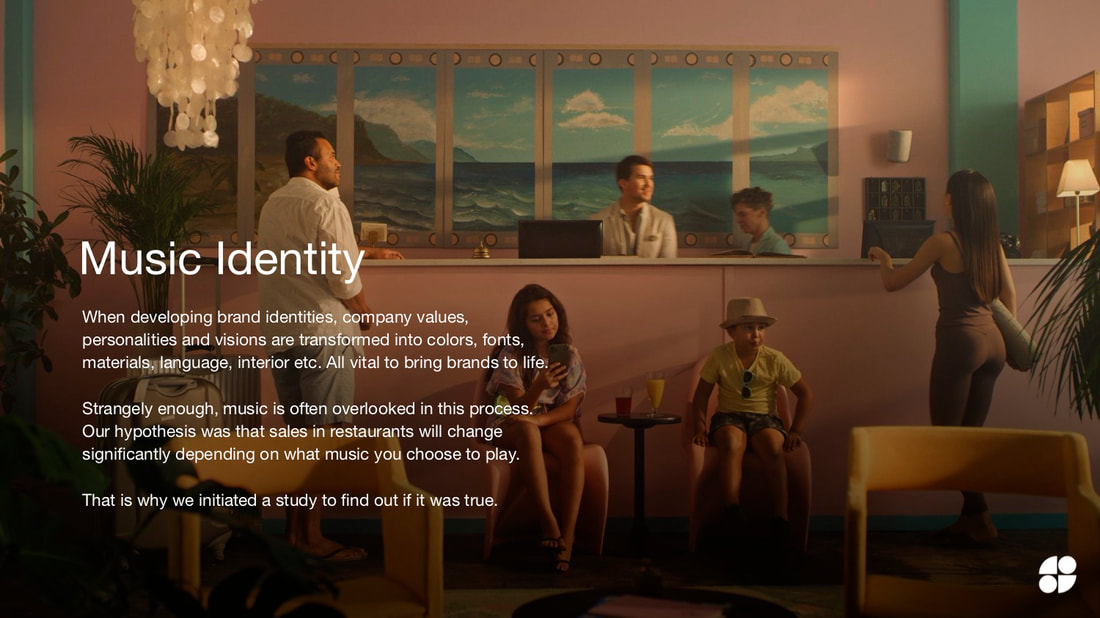


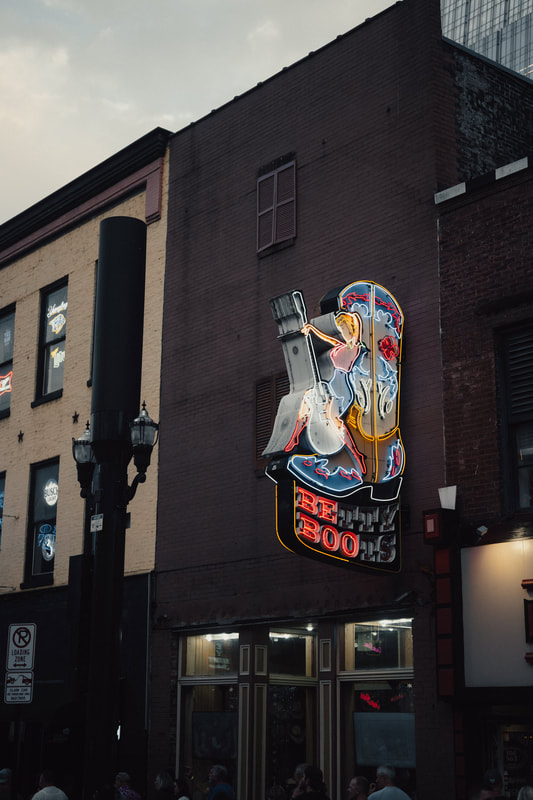

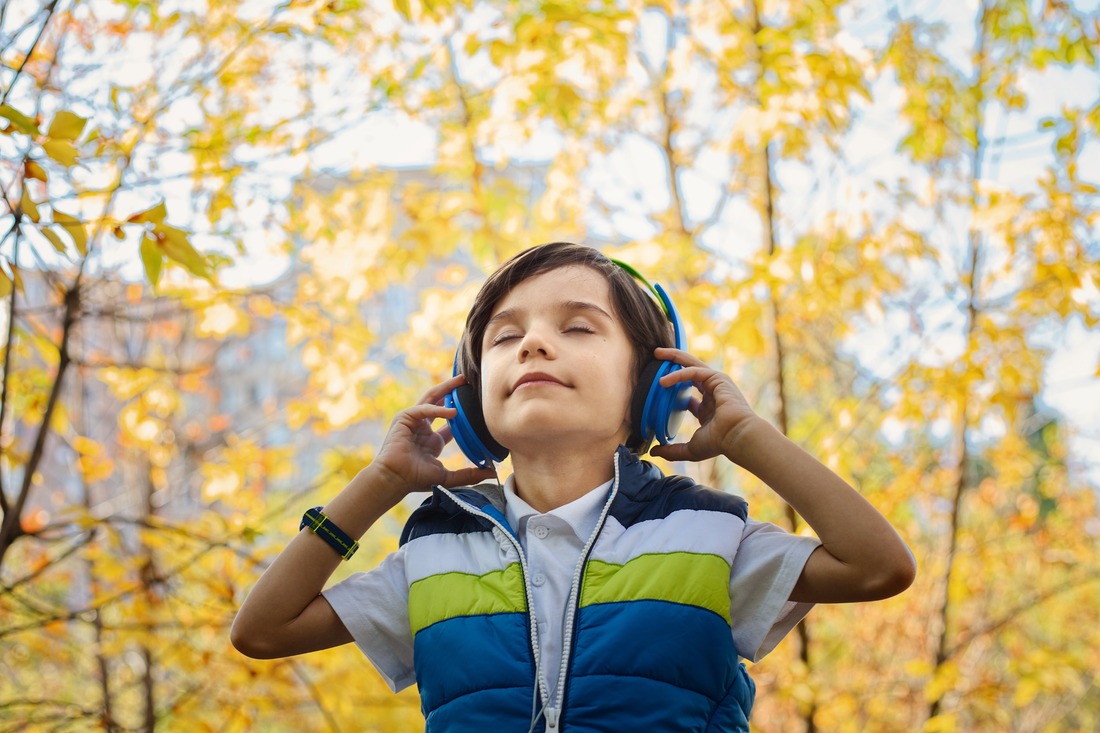
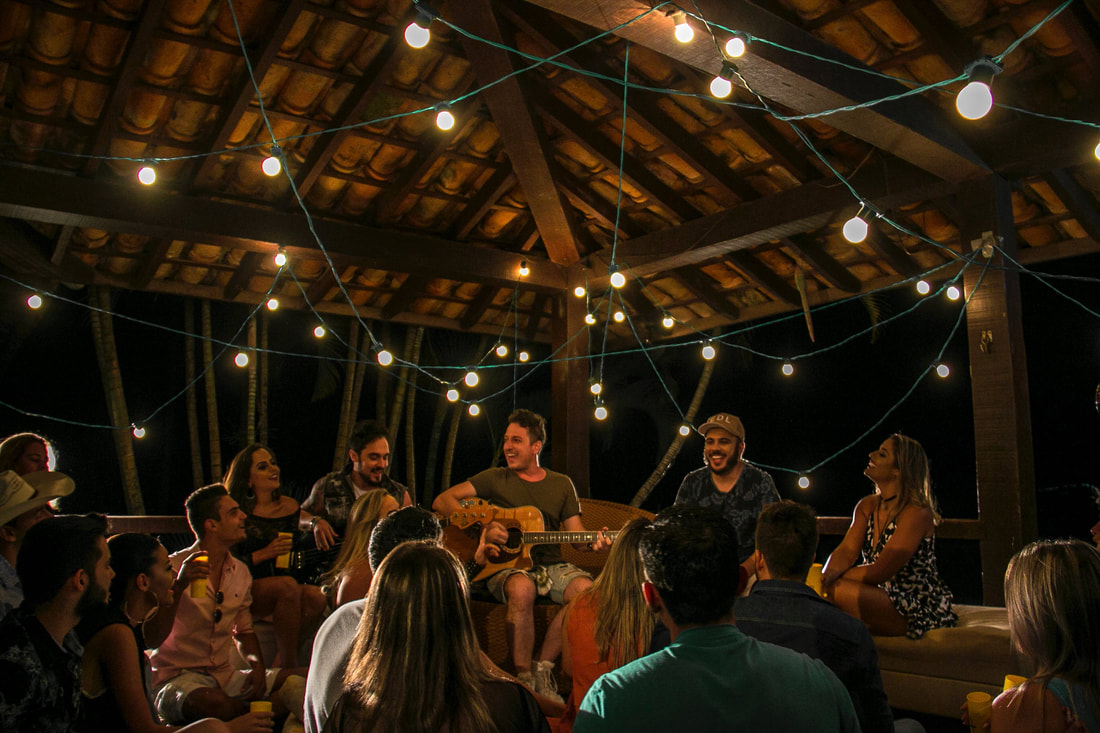





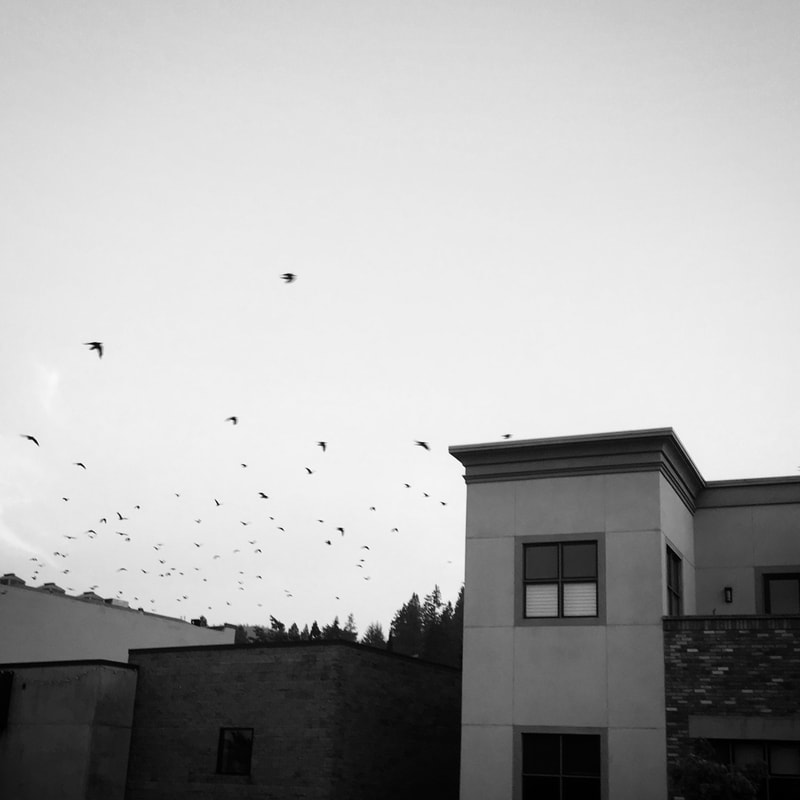
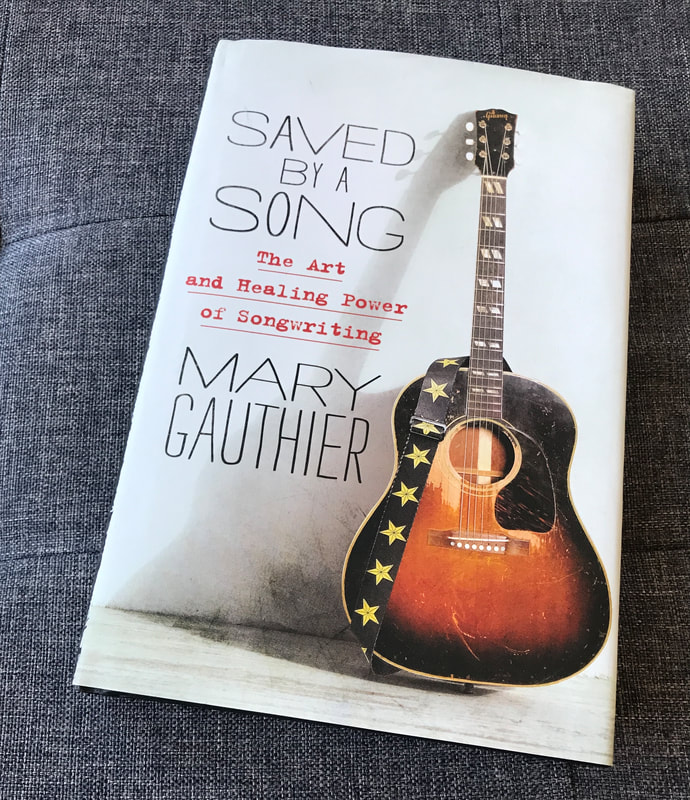
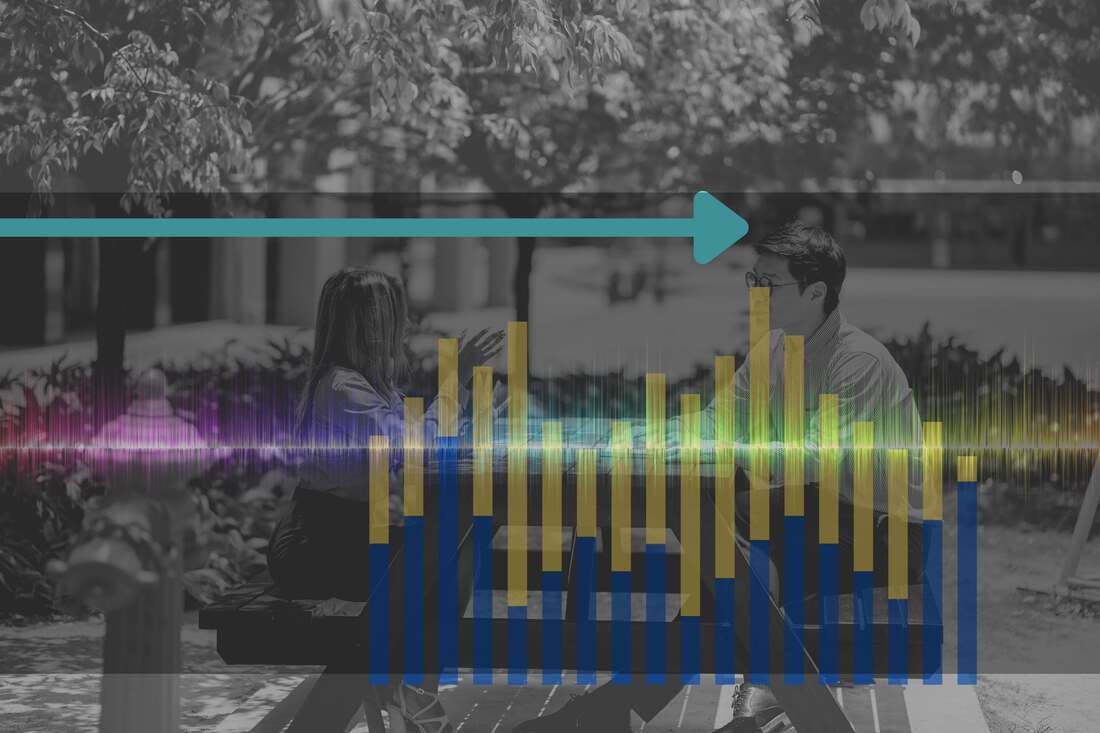
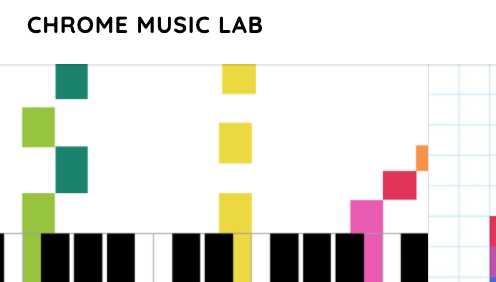
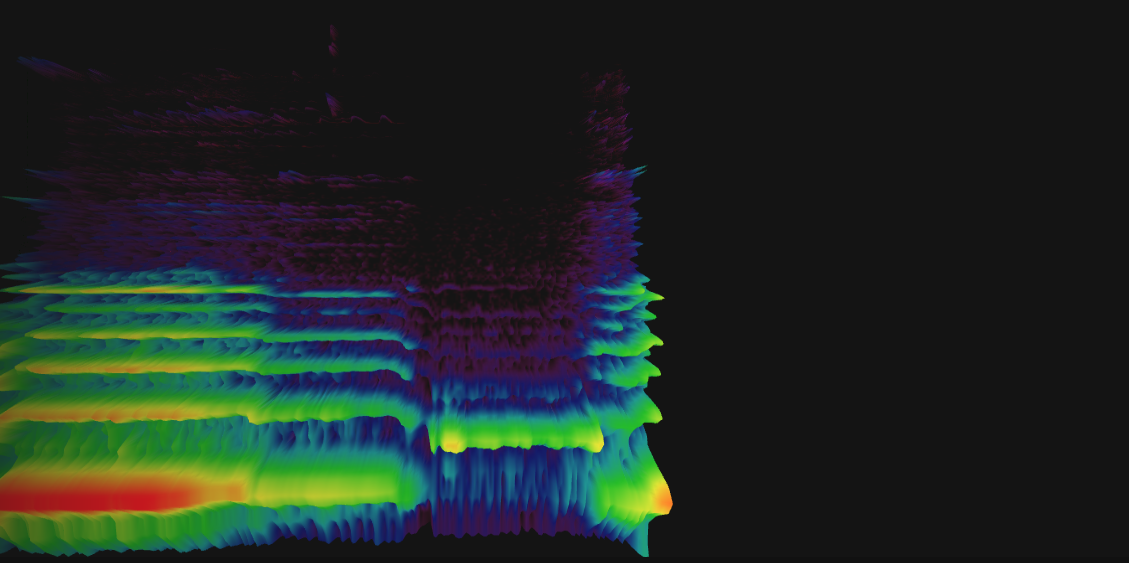

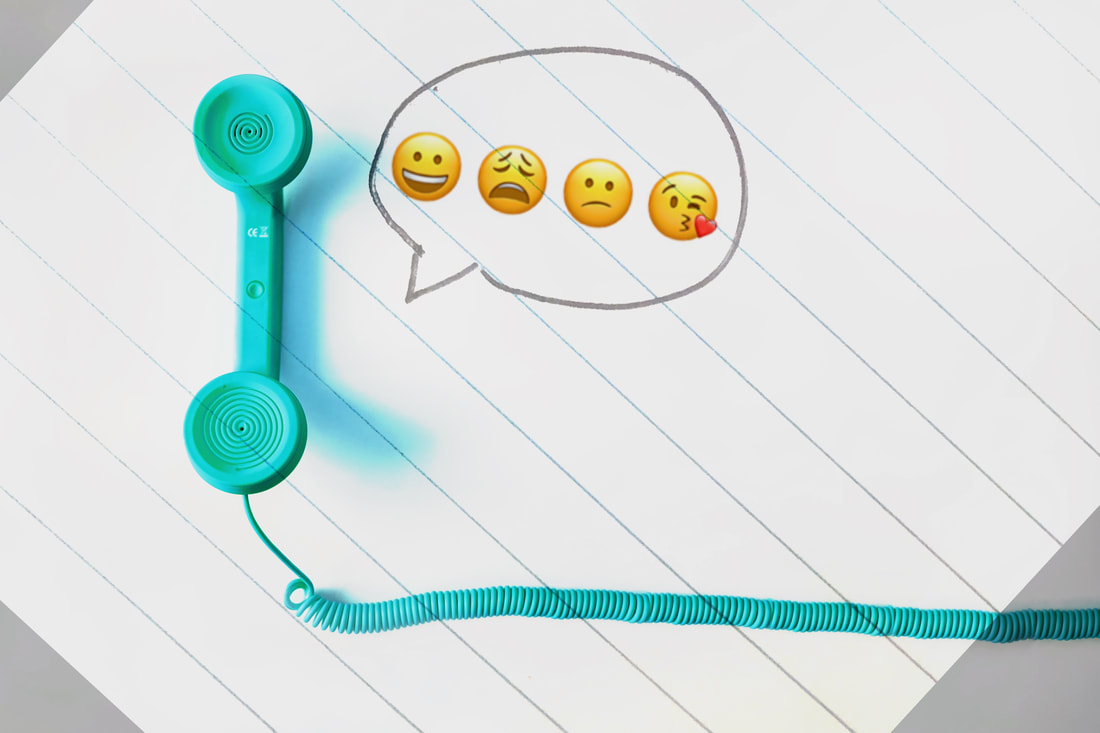
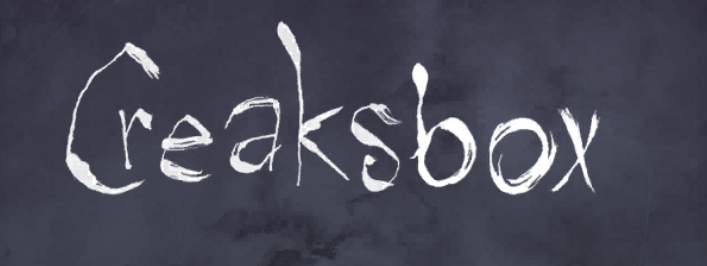
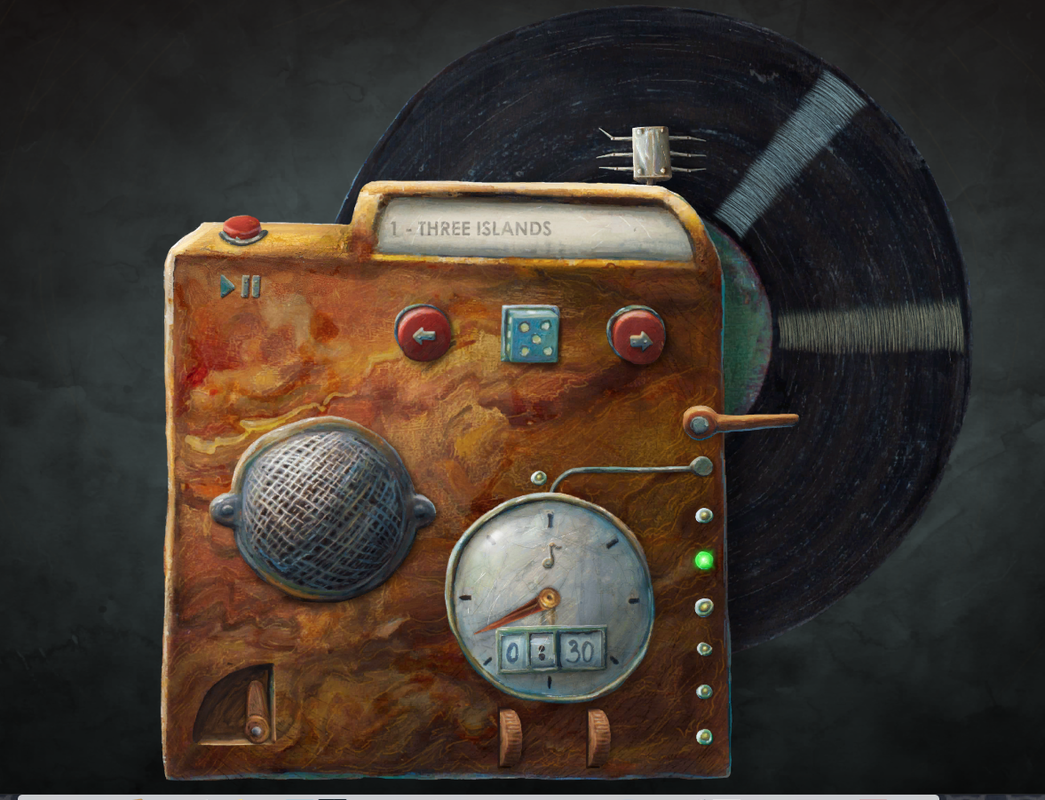

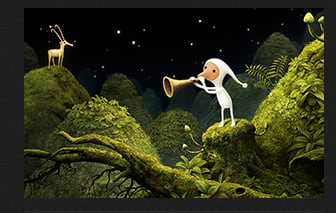
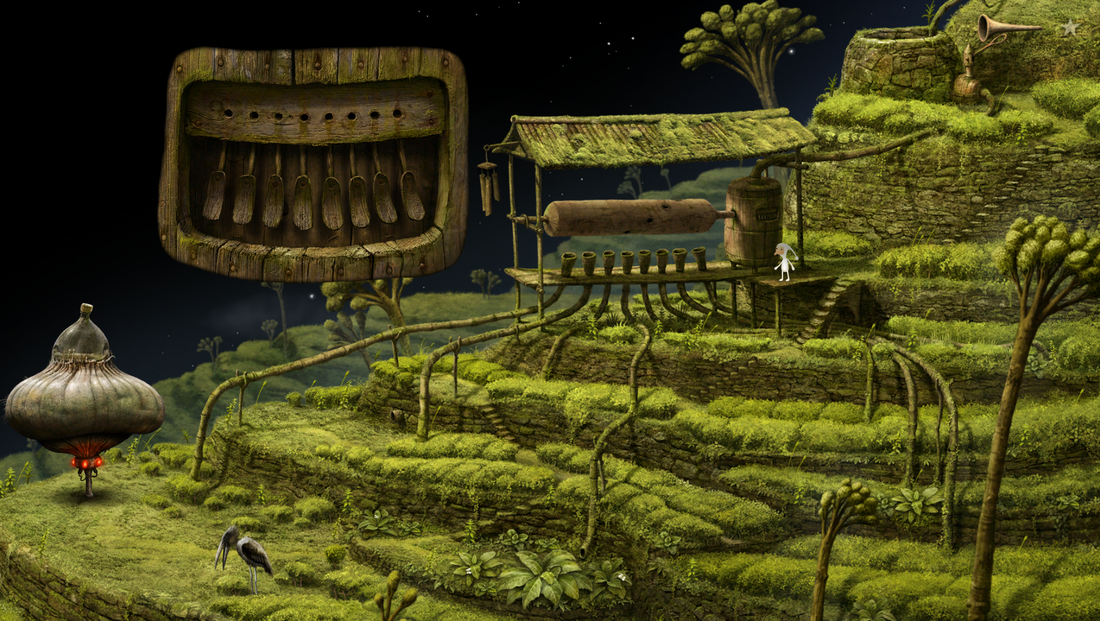
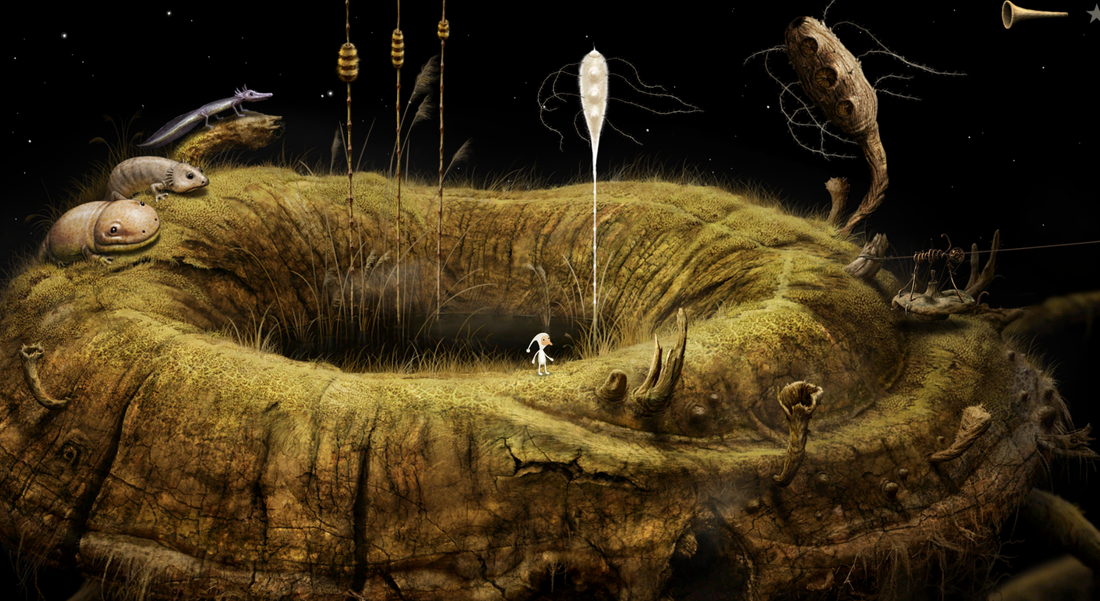
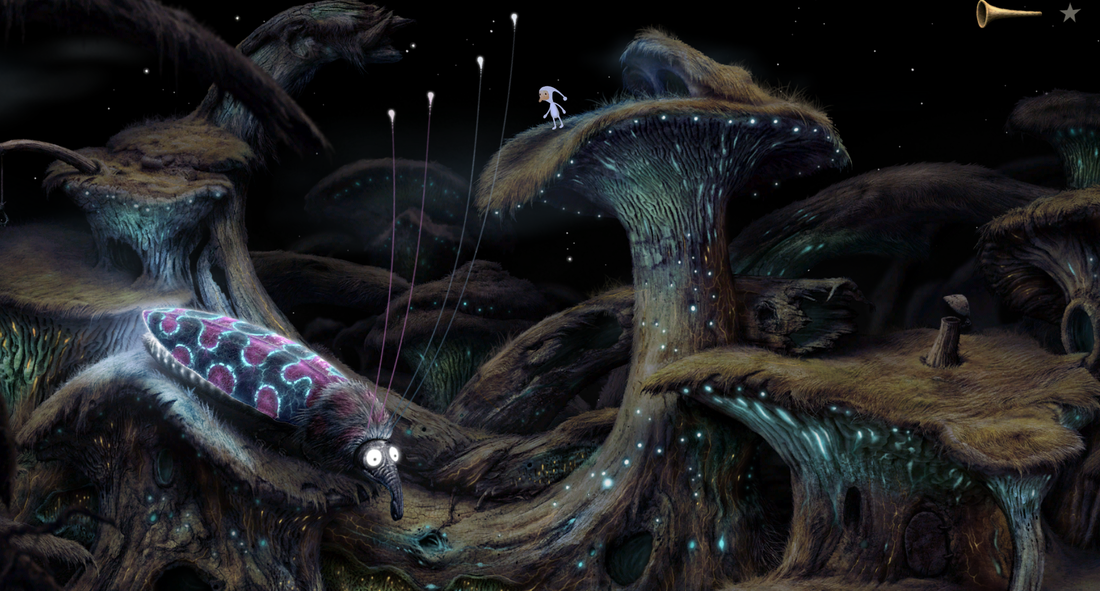
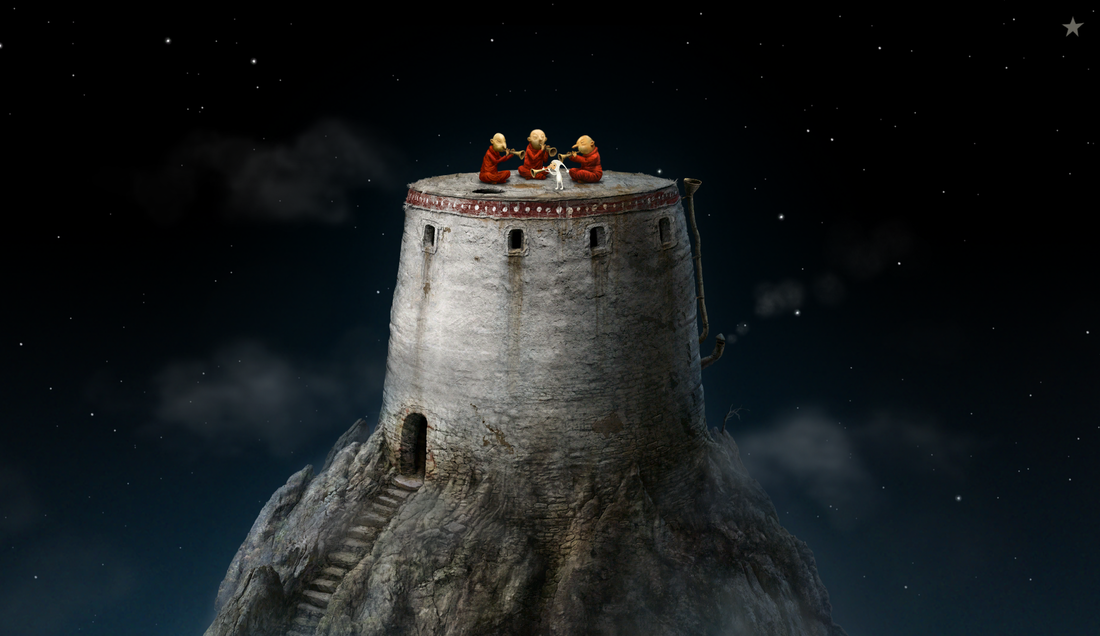

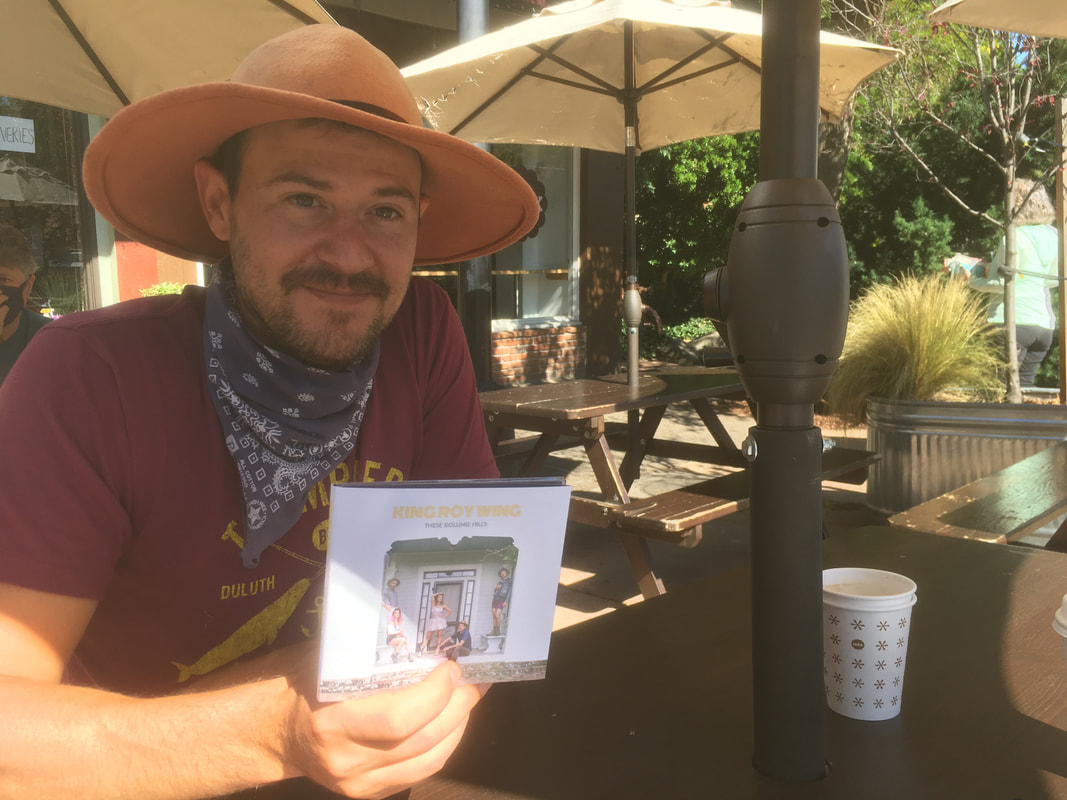
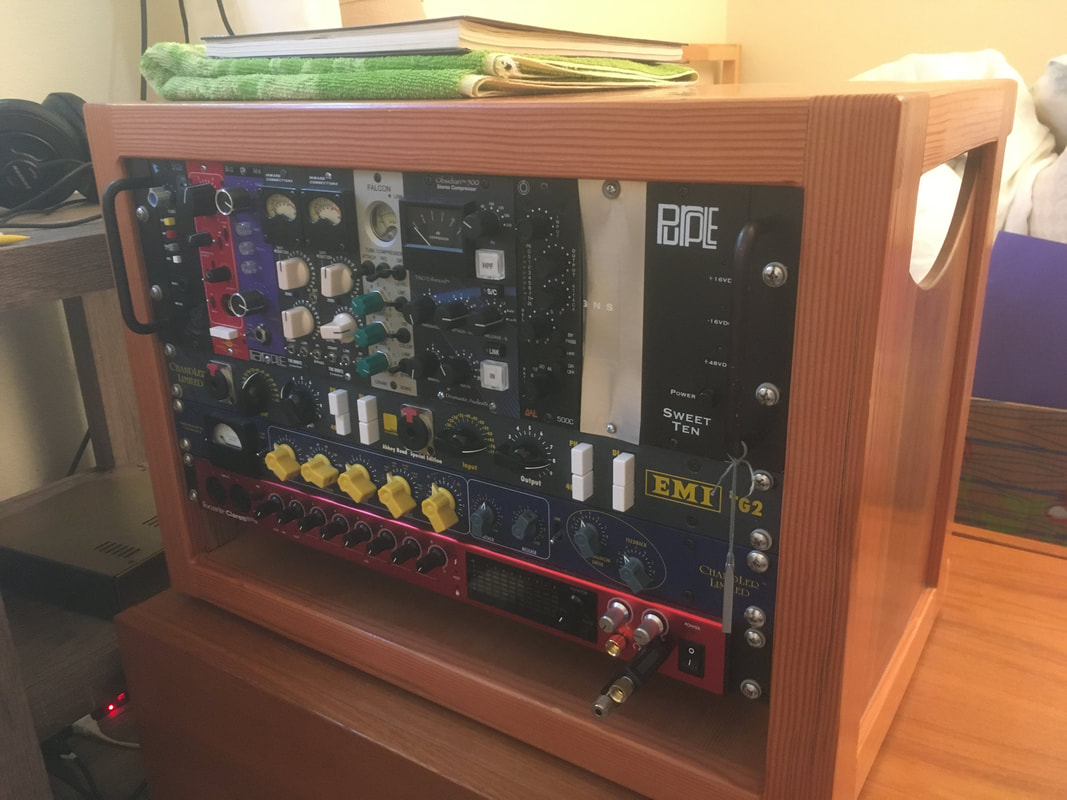
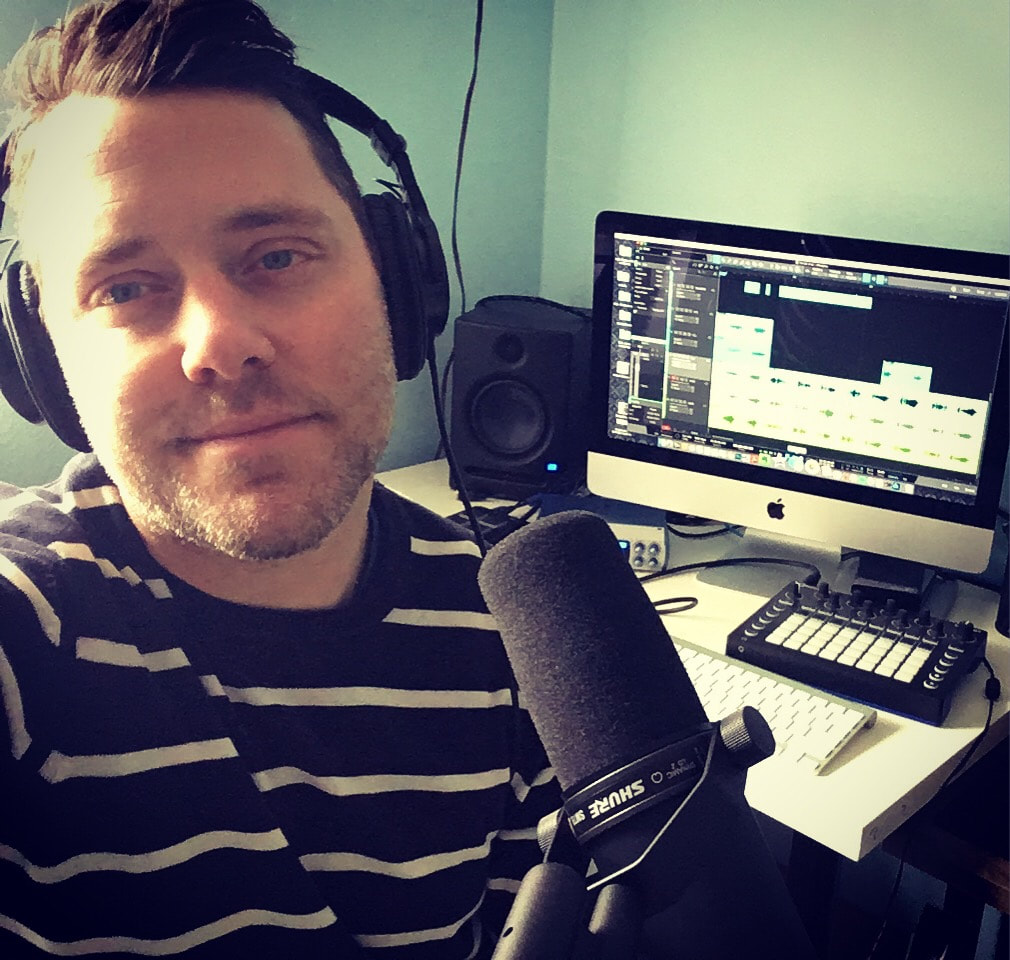
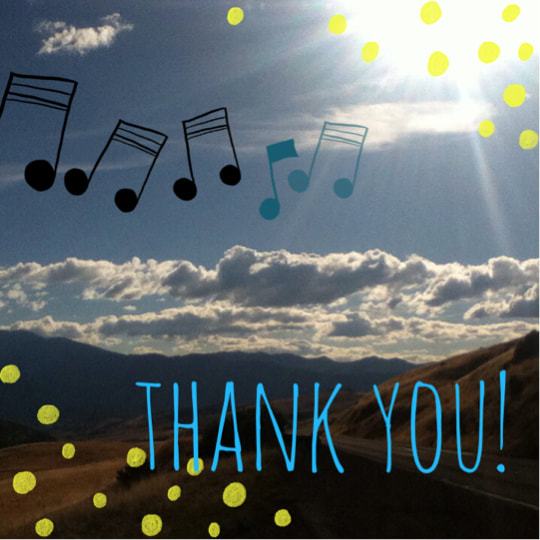
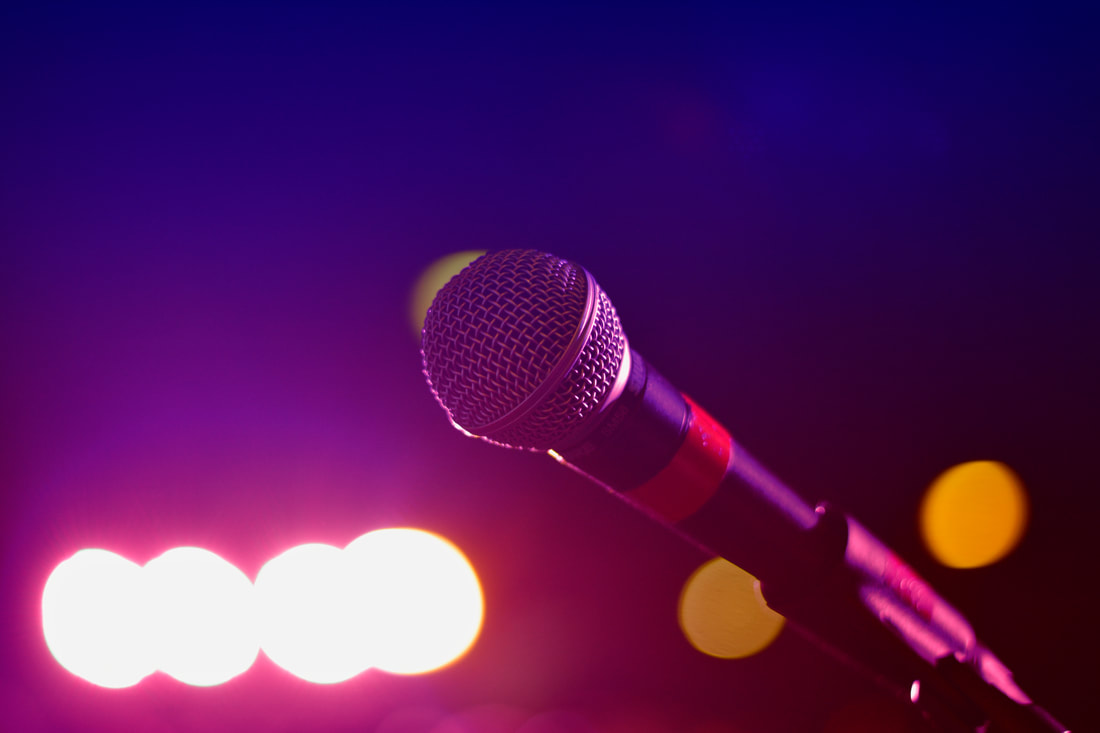
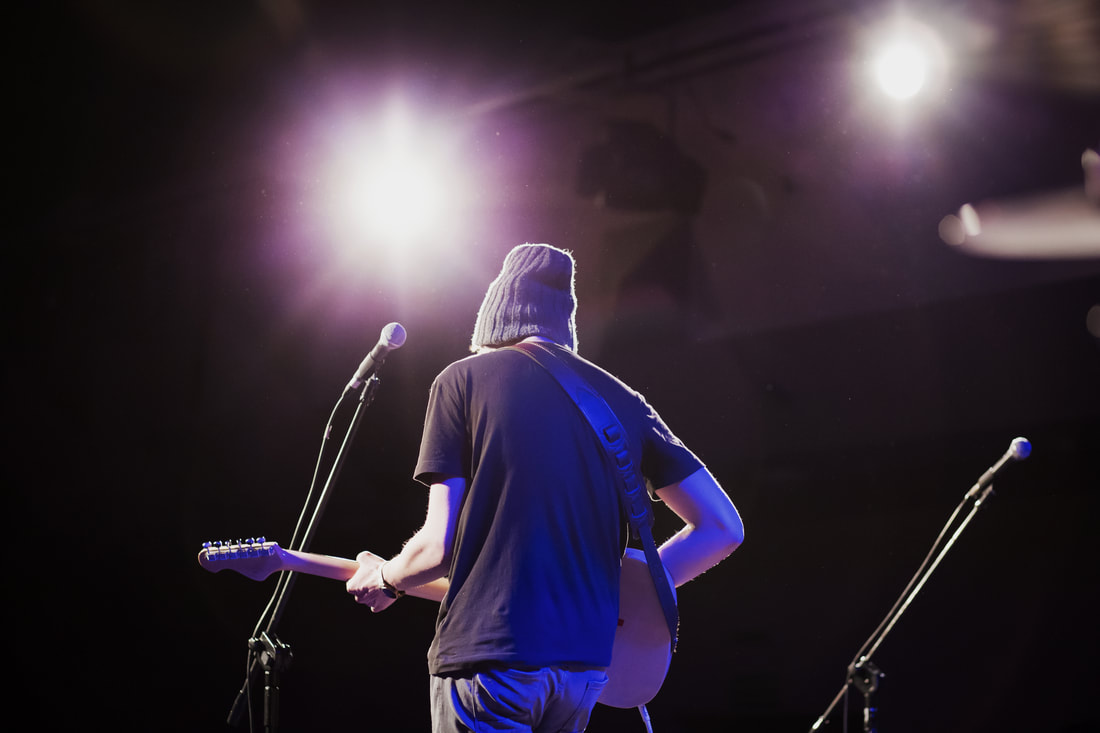
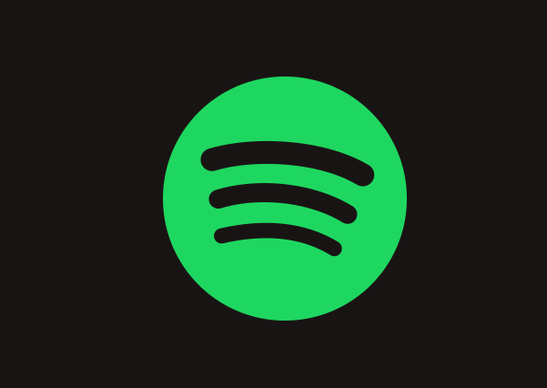

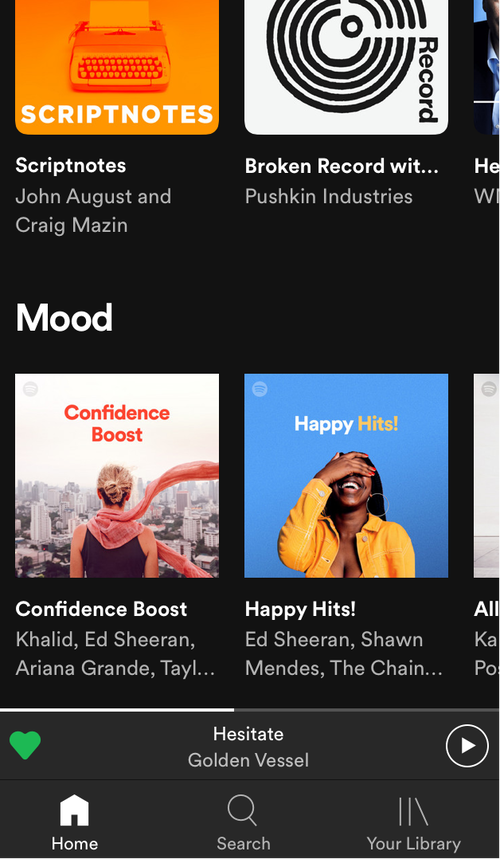
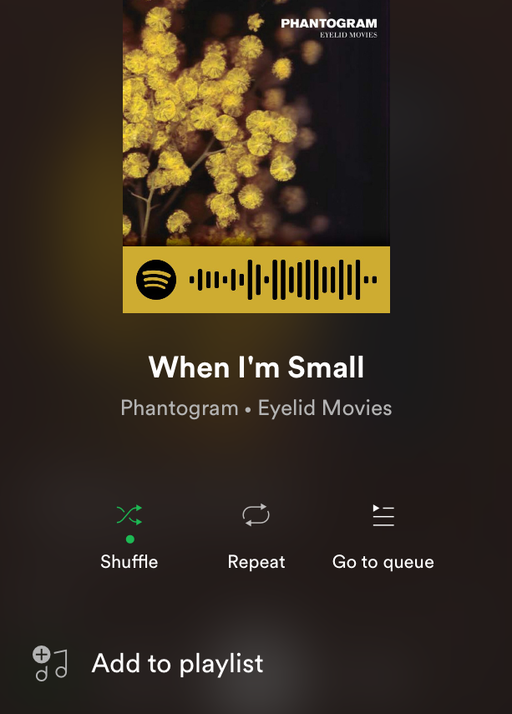
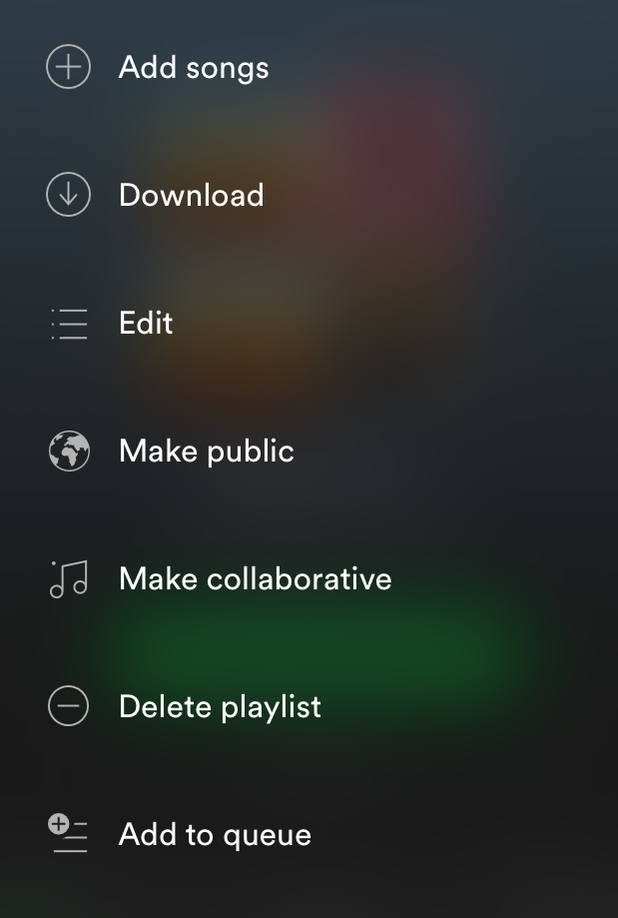
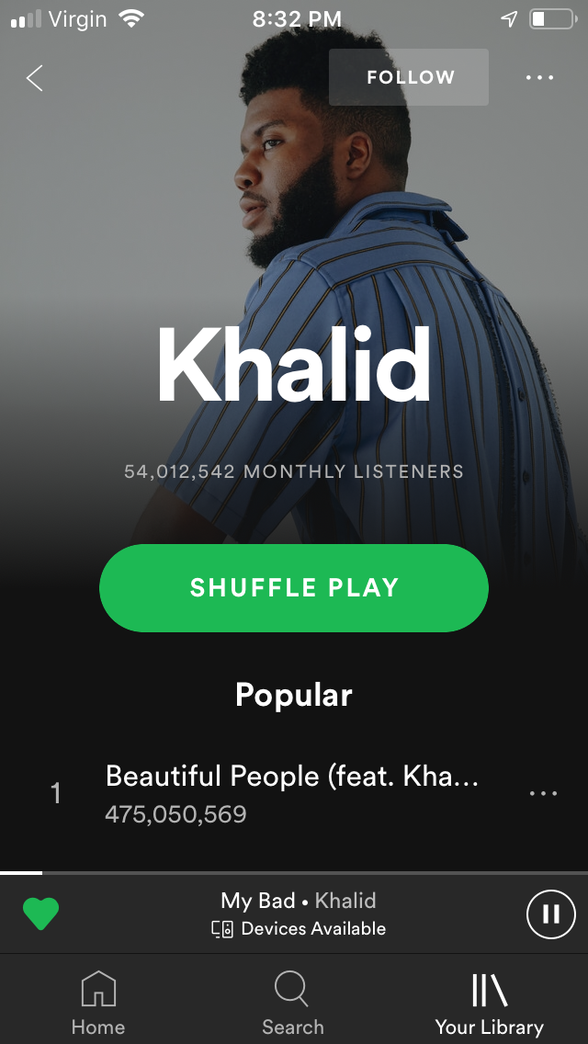
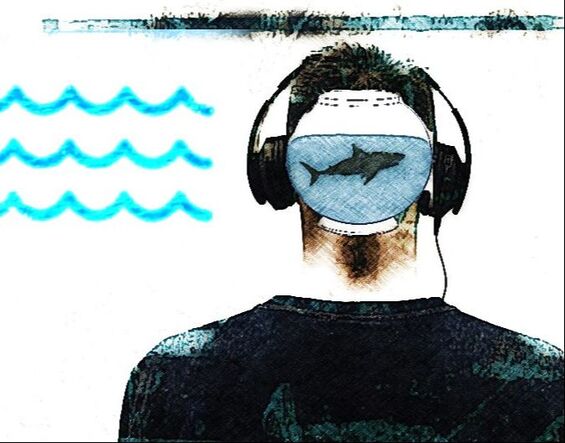
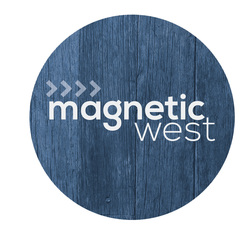
 RSS Feed
RSS Feed
